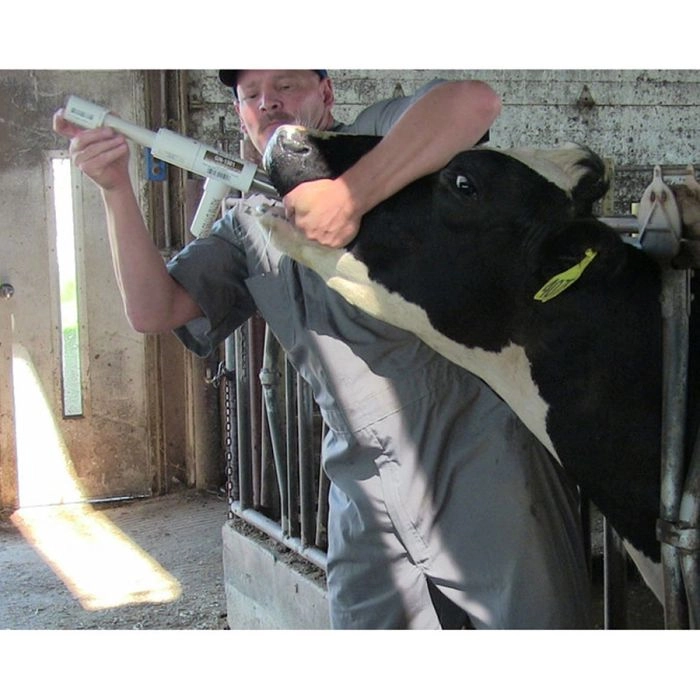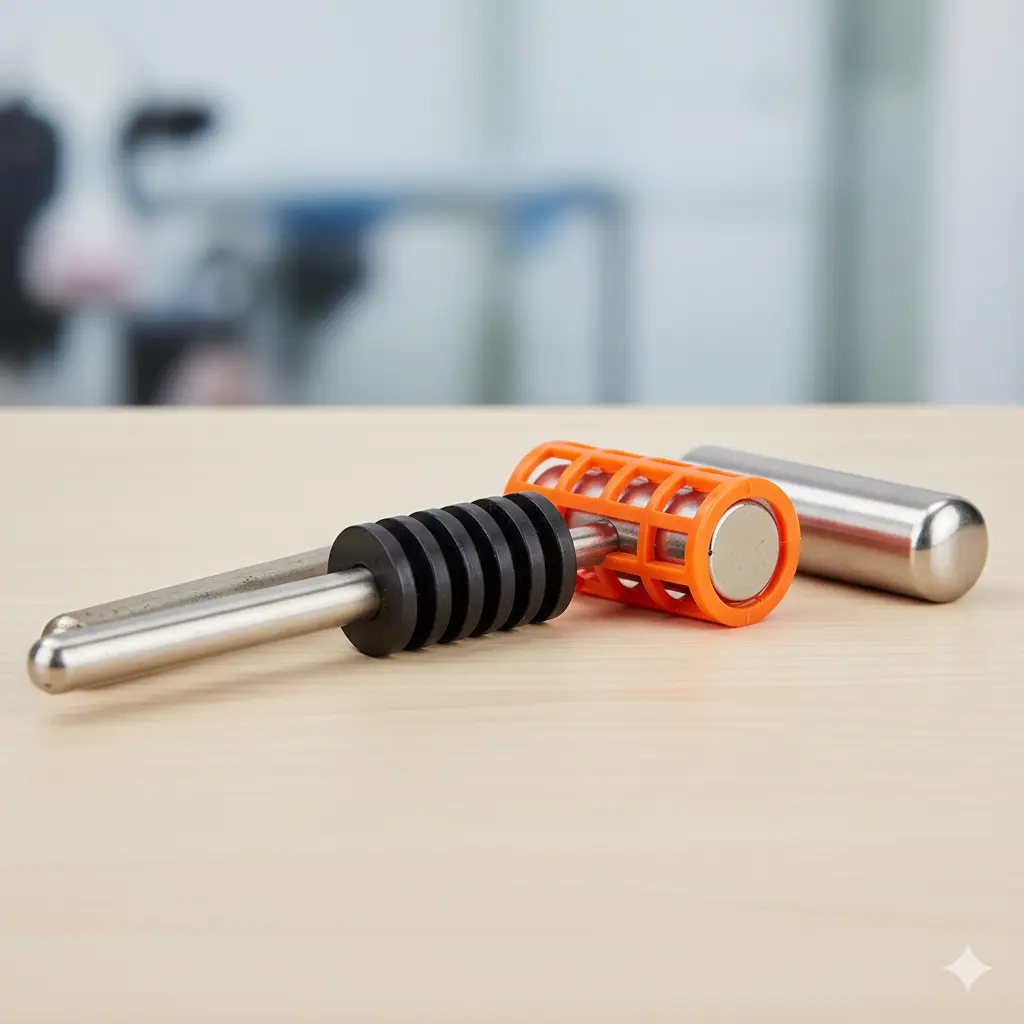Popular with farmers, ranchers, and veterinarians, cow magnets are a proven and widely used method of preventing hardware disease in cattle. Understanding how they work and how to use them correctly is essential for protecting livestock and minimizing economic losses in dairy and beef production.
What Is a Cow Magnet?
Traditionally, cow magnets were made of Alnico magnets shaped like smooth rods. Modern designs are more advanced and often use ferrite or rare-earth magnets encased in stainless steel or plastic cores. Some even feature cage designs that securely hold sharp metal objects once they are attracted.
👉 Learn more about high-quality magnets at HS Magnet.

About Hardware Disease
Hardware disease, or bovine traumatic reticuloperitonitis, occurs when cows ingest sharp metallic objects such as nails, wires, or metal scraps. These objects settle in the reticulum (a part of the cow’s stomach) and may puncture its lining, leading to infection or damage to nearby organs.
According to the University of Missouri Extension, 55–75% of cattle in some regions have ingested metal. This can result in:
- Loss of appetite
- Reduced milk yield in dairy cows
- Weight loss in feeder cattle
Cow magnets are one of the most effective preventive tools against this issue.
How Cow Magnets Work
The principle of a cow magnet is simple magnetic attraction:
- When placed in the cow’s stomach, the magnet attracts and holds metallic objects, preventing them from moving freely and causing internal injuries.
- Cow magnets are typically administered orally when calves reach around one year of age and remain effective for the animal’s lifetime.
In addition, industrial plate magnets can be installed on feed conveyors or trucks to catch metallic debris before it reaches the animals. This two-level protection greatly reduces the risk of hardware disease.
👉 If you are looking for customized magnets for agricultural use, explore our magnetic solutions.
Correct Usage of Cow Magnets
- Administration
- Typically given orally through a special tube.
- The magnet settles in the rumen or reticulum and stays for life.
- Timing
- Administered when calves are about one year old.
- Best given after fasting for 18–24 hours.
- Precautions
- Do not insert a second magnet unless advised by a veterinarian (risk of internal pinching).
- In case of suspected hardware disease, antibiotics may be required alongside the magnet.
- Severe cases may need surgery (rumenotomy) for object removal.

Prevention Beyond Magnets
Good feed management plays an important role in prevention:
- Using feed magnets or metal detectors to eliminate metallic debris.
- Keeping grazing areas clear of junk and metal waste.
- Feeding each calf a magnet at branding time to secure long-term protection.
With these combined methods, farmers can significantly reduce the risks of hardware disease.
Conclusion
Cow magnets are a simple yet powerful solution to a serious livestock problem. By preventing hardware disease, they protect cattle health, improve productivity, and safeguard farmers from major economic losses.
👉 For bulk supply, OEM designs, or custom agricultural magnet solutions, please contact HS Magnet – Your Reliable Magnet Supplier.


Leave a Reply